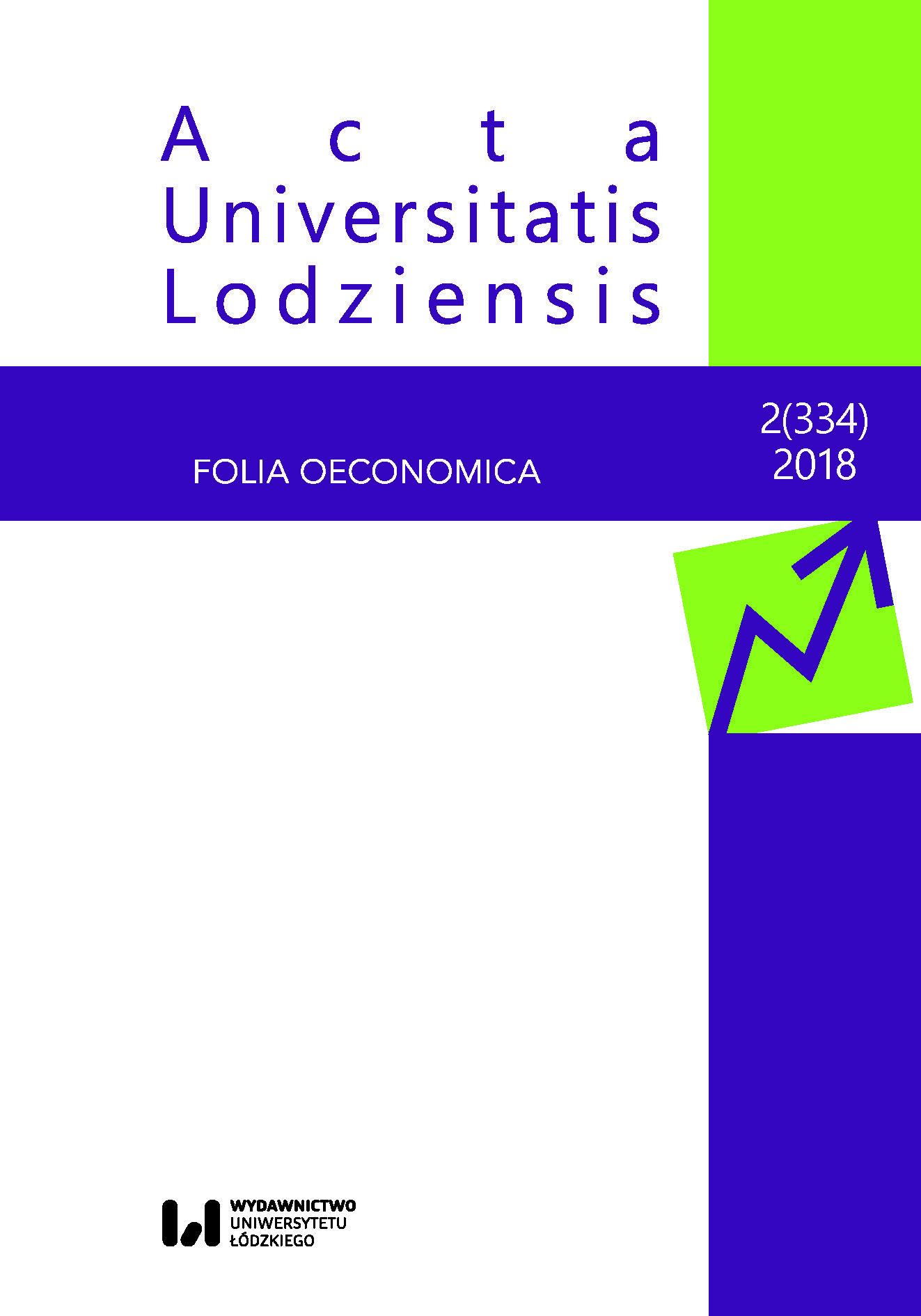Zabezpieczenie społeczne pracownika w wybranych państwach Unii Europejskiej
Social Security Coverage for Workers in Selected EU Countries
Author(s): Anna PiechotaSubject(s): Socio-Economic Research
Published by: Wydawnictwo Uniwersytetu Łódzkiego
Keywords: risk; social risk; social insurance; social security; ryzyko; ryzyko społeczne; ubezpieczenie społeczne; zabezpieczenie społeczne
Summary/Abstract: A worker is someone who does specific work for another person and is paid for it. In 2014, the employment rate in the EU member states was 64.9%. This means that a large percentage of people are exposed to the so‑called social risks, such as death, old age, accidents (including at work) or sickness (including occupational diseases). These risks are not only a concern for workers, who might lose their ability to work, partially or completely, but also affect other household members, such as spouses, children or parents, who might lose their breadwinner. There is no common mechanism in the EU member states to protect workers from any of those risks materialising. The purpose of this article is to identify the funding sources of social security coverage for workers, the kinds of risks covered, and the benefits offered. To do that, a comparison was drawn of various social security schemes in selected EU member states, based on the available literature and materials. The comparison shows that there is no common mechanism in the EU member states to protect workers should any of the social risks materialise, and that social security contributions are a common source of funding benefit payments. // Pracownikiem jest osoba wykonująca konkretne zajęcie na rzecz innej osoby, za które w zamian otrzymuje wynagrodzenie. W roku 2014 wskaźnik zatrudnienia w krajach Unii Europejskiej wyniósł 64,9%. Świadczy to o wysokim odsetku osób, które są narażone na tzw. ryzyka społeczne, takie jak śmierć, starość, choroba, wypadek, wypadek przy pracy czy choroba zawodowa, zagrażające nie tylko im samym (częściowa czy całkowita utrata zdolności do pracy), ale również osobom pozostającym z nimi we wspólnym gospodarstwie domowym (współmałżonkom, dzieciom, rodzicom) – przez utratę żywiciela. Nie istnieje jeden wspólny dla wszystkich krajów Unii Europejskiej mechanizm zabezpieczający pracowników przed negatywnymi skutkami realizacji ryzyk społecznych. Celem artykułu jest porównanie zabezpieczenia społecznego pracowników w wybranych państwach Unii Europejskiej.
Journal: Acta Universitatis Lodziensis. Folia Oeconomica
- Issue Year: 2/2018
- Issue No: 334
- Page Range: 185-199
- Page Count: 15
- Language: English

